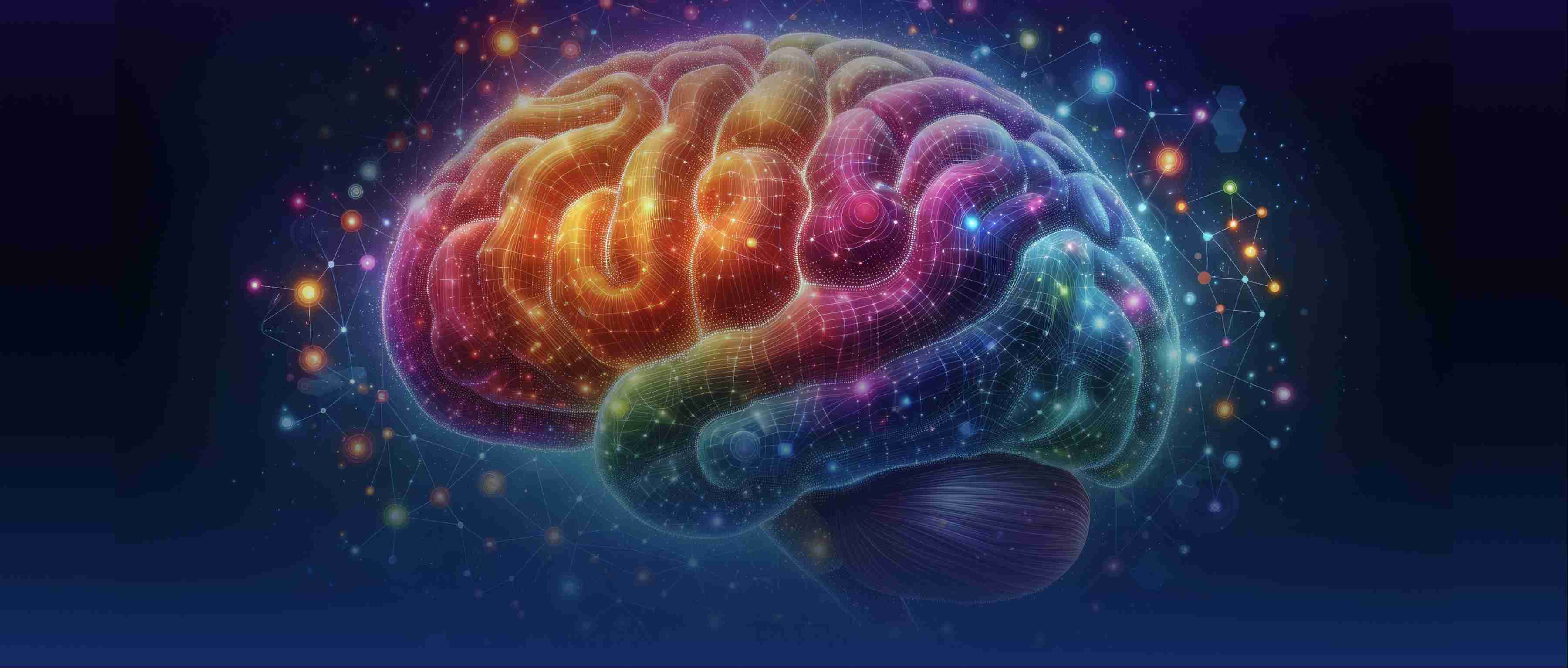Sensor fusion in augmented reality (AR) systems combines data from various sensors to create a more accurate and reliable understanding of the environment and the user's position within it. Common methods for achieving sensor fusion include the Kalman filter, complementary filters, and more complex techniques like particle filtering and machine learning approaches. Each method has its advantages and limitations, depending on the specific requirements of the AR application.
The Kalman filter is one of the most widely used methods for sensor fusion. It provides an efficient computational means to estimate the state of a dynamic system from a series of incomplete and noisy measurements. For example, in an AR application, a Kalman filter can be used to merge data from an inertial measurement unit (IMU) and a camera. The IMU provides rapid changes in orientation and acceleration, while the camera can offer more accurate absolute positions. By combining these inputs, the Kalman filter helps smooth out the noise and improves position tracking over time, making the AR experience more stable.
Another method is the complementary filter, which is simpler and often used in less resource-intensive applications. It works by combining data from sensors with different frequencies. For instance, it might use gyroscope data for short-term orientation changes and accelerometer data for stable orientation over longer periods. This way, the complementary filter takes advantage of the strengths of each sensor, compensating for their weaknesses. For example, while gyroscopes can drift over time, accelerometers can provide more stable but less responsive data. In summary, effective sensor fusion methods enable AR systems to provide a seamless user experience by accurately interpreting the physical environment and user movements.
